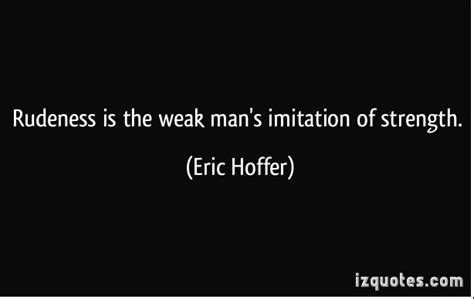What’s the most efficient workout structure for rapid strength gains and peak performance?

Unlocking Your Strength Potential: The Quest for Efficiency
In the pursuit of rapid strength gains and achieving peak physical performance, athletes and fitness enthusiasts often seek the holy grail of workout structures. While no single “magic” routine fits all, a blend of scientifically proven principles and intelligent program design can significantly accelerate progress. The most efficient approach isn’t just about lifting heavy; it’s about smart programming, consistent effort, and a deep understanding of how the body adapts.

Core Principles for Accelerated Strength
Regardless of the specific workout structure you choose, several foundational principles must be meticulously applied to maximize strength development:
- Progressive Overload: This is the undisputed king of strength gains. To get stronger, you must continually challenge your muscles beyond their current capacity. This can be achieved by increasing weight, reps, sets, reducing rest, or improving technique.
- Specificity: Your training should directly reflect your goals. If you want to get stronger at squats, you need to squat. While accessory exercises are valuable, the primary focus should be on movements that mimic your strength goals.
- Frequency: Training a muscle group or movement pattern more often can lead to faster adaptations. High-frequency training often allows for more skill practice and total weekly volume spread across sessions, aiding recovery between bouts.
- Recovery & Nutrition: Muscles aren’t built in the gym, but outside it. Adequate sleep, proper nutrition (especially protein and sufficient calories), and managing stress are paramount for recovery and growth. Undereating or undersleeping will severely hamper strength progress.
Evaluating Workout Structures
Different structures offer varying benefits. The “most efficient” often depends on your training age, goals, and recovery capacity.
Full-Body Workouts
Training the entire body 2-4 times per week is highly effective, especially for beginners and intermediate lifters. It allows for high frequency of movement patterns, promoting rapid skill acquisition and strength adaptation. Examples include 5×5 routines focusing on compound lifts.
Split Routines (Upper/Lower, Push/Pull/Legs)
These allow for more volume per muscle group per session, giving each group dedicated attention. An Upper/Lower split (e.g., 4 days/week) still offers good frequency, while a PPL (Push/Pull/Legs) split (e.g., 6 days/week) offers even more volume but requires excellent recovery. Splits are popular for hypertrophy but can be structured for strength.

The Power of Periodization for Peak Performance
For advanced lifters and those aiming for peak performance (e.g., powerlifting meets), periodization becomes critical. Periodization involves systematically varying training variables (volume, intensity, exercise selection) over time to optimize adaptations and prevent plateaus or overtraining.
Linear Periodization
This classic model starts with high volume and lower intensity, gradually shifting to lower volume and higher intensity as a competition or peak phase approaches. It’s effective for steady, predictable strength gains.
Undulating Periodization (DUP/WUP)
Daily or Weekly Undulating Periodization involves changing training variables more frequently (daily or weekly). For instance, one day might be high volume/moderate intensity, another low volume/high intensity, and a third moderate volume/moderate intensity. This allows lifters to manage fatigue better while consistently applying different stimuli, often leading to more sustained strength gains and excellent peaking potential.

Crafting Your Optimal Plan for Rapid Gains
The “most efficient” structure is ultimately the one you can adhere to consistently, that incorporates progressive overload, and that is specific to your goals. For rapid strength gains and peak performance, consider the following:
- Prioritize Compound Lifts: Squats, deadlifts, bench press, overhead press, and rows should form the backbone of your routine. These movements engage multiple muscle groups, allowing for maximum weight lifted and systemic strength development.
- High Frequency for Key Lifts: Training your main lifts 2-3 times per week, even with varied intensity or volume, is generally more effective for strength than once a week.
- Strategic Volume & Intensity: Don’t just lift heavy all the time. Incorporate cycles of higher volume work to build muscle mass (hypertrophy), which provides a foundation for strength, followed by phases of higher intensity/lower volume to maximize neural adaptations for raw strength.
- Active Recovery & Deloads: Plan for lighter training weeks (deloads) every 4-8 weeks to allow your body to fully recover and supercompensate, preventing burnout and injury.
- Individualization: Listen to your body. What works for one person may not work for another. Be prepared to adjust your program based on how you recover and perform.

Conclusion: The Intelligent Lifter’s Path
The most efficient workout structure for rapid strength gains and peak performance is not a rigid template but a dynamic system built upon progressive overload, specificity, adequate recovery, and intelligent periodization. For many, a high-frequency program emphasizing compound lifts, perhaps following an undulating periodization model, offers a potent combination. However, the ultimate efficiency comes from consistent application, thoughtful adjustments, and a commitment to mastering the art of strength training. By focusing on these principles, you can unlock unparalleled strength and achieve your peak physical potential.









